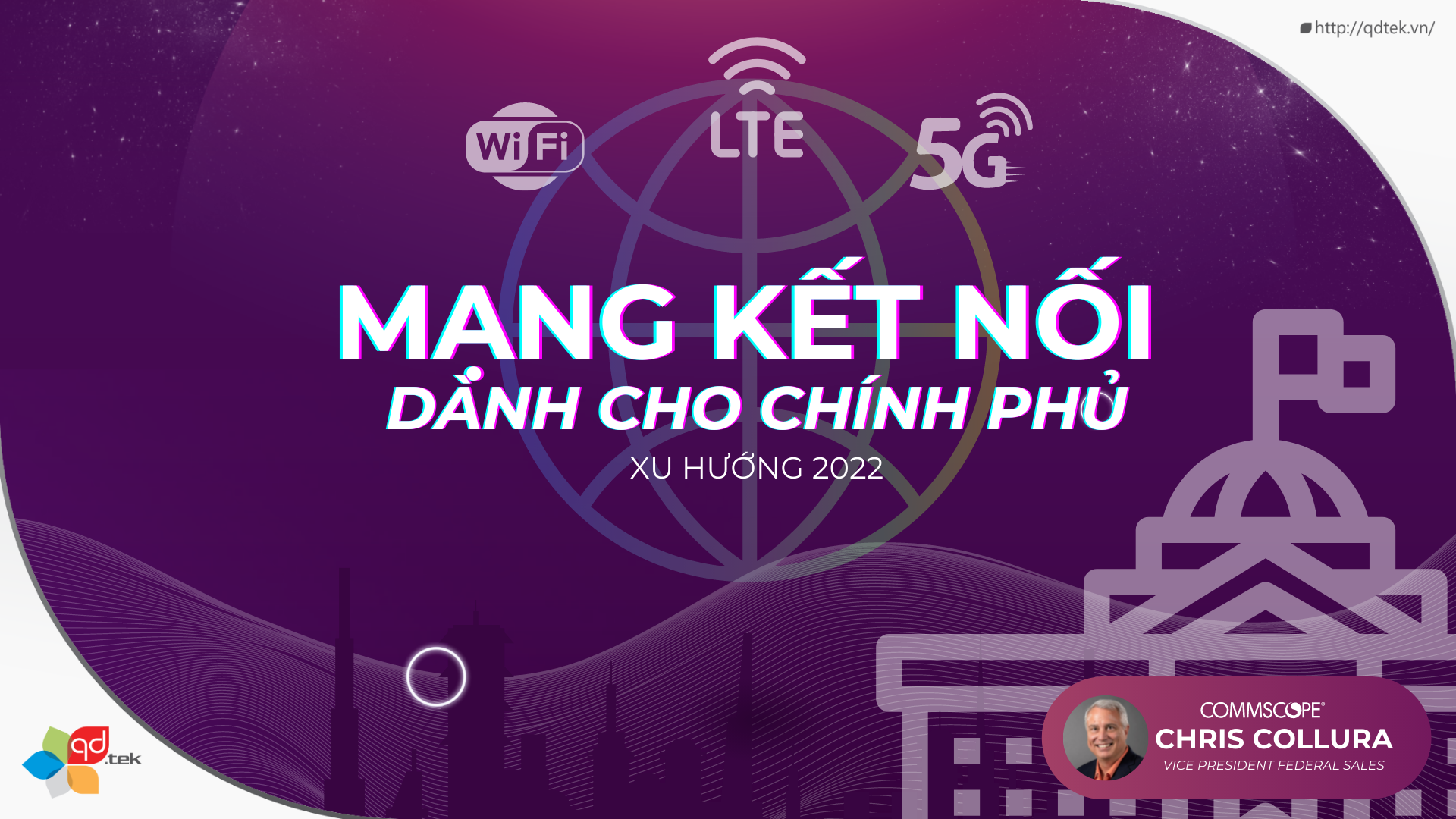
As we return to a couple of forecasts on the vital remote drives in government in 2021, we should figure out how different are the systems administration patterns one year not too far off.
A little more than a year prior, I distributed an article in FedTech that gave expectations of the critical remote drives in government in 2021. We should investigate those forecasts and see what has advanced and, maybe, what hasn't. Or on the other hand, even better, what else 2022 may get in terms of organizational innovation in the government market.
We should begin with the previous, investigating several of the 2021 patterns that will stay key center regions for government offices:
5G
While talking network interchanges, no decent pattern piece can be distributed without a reference to 5G, so I'll begin there. Last year guaranteed a blast of 5G - from the framework that upholds it to the gadgets that run over it. The Department of Defense (DOD) has taken the best walks in such a manner with an emphasis on laying out 5G "proving grounds" across its immense army installations for privately owned businesses to come test new organizations. In January, FedScoop revealed that the DOD is hoping to employ a "next G" lead fully intent on thinking "past fifth era remote broadcast communications tech" so they can "begin putting resources into media communications ages six and seven."
Obviously, the DOD is driving the 5G charge inside the public authority, however, government organizations no matter how you look at it are investigating its suggestions for their missions. How before long will this be a reality? In a new Government Business Council Flash Poll supported by CommScope, 54% of government respondents showed it will be more than three years until their organization is even 5G prepared. One of the greatest obstructions to 5G reception, as per 68% of survey respondents, is the way that there is practically zero existing framework. In this way, in 2022 the public authority will see more frameworks work out across non-military personnel offices as well as further developed experimental runs programs inside the DOD. We will likewise keep on seeing the extension of LTE/Distributed Antenna Systems (DAS) that are upgradable to 5G introduced for nonpartisan host public cell access in government offices. We see a pattern beginning with a shift towards government-obtained DAS frameworks versus only transporter-supported frameworks.
Wi-Fi 6
One region referenced in last year's article, which will have a significantly more prominent effect this year, is Wi-Fi 6, giving organizations expanded transmission capacity and quicker web speeds. The reception of Wi-Fi 6 and the obtainment of passageways that help this standard will propel government remote abilities, empowering them to exploit its exhibition and permitting them to all the while interface more gadgets. At last, a development towards Wi-Fi 6 will empower organizations to more readily deal with the monstrous measure of information they store, oversee and utilize. For extra subtleties on the advantages of Wi-Fi 6 to the public authority, read my partner's new blog on the subject.
While 5G and Wi-Fi 6 will keep on being a significant concentration for government organizations, there are different regions to watch in 2022:
Confidential Networks
Confidential LTE organizations will empower offices to address correspondence challenges that main a committed, secure, super great organization can dependably uphold. This will incorporate use cases, for example,
-Secure, wide-region, superior quality video reconnaissance
-Basic correspondences for security and activities groups
-Far off vehicle and gear control
-Robotized directed vehicle (AGV) network
-Versatile high-volume information move for symbolism, video and diagnostics
-Portable availability for policing public wellbeing vehicles
According to an innovation viewpoint, these confidential organizations will incorporate capacities, for example, DAS to expand solid in-building and outside cell inclusion; CBRS (Citizens Broadband Radio System) passages to permit offices to send their own confidential LTE organization; OneCell innovation to empower versatile organization administrators to satisfy the need for dependable LTE administrations where they make the biggest difference; among others. New little cell innovation, similar to CommScope's OneCell, are conveyed over principles-based ethernet organizations taking into consideration a merged arrangement with WI-FI 6.
Home Networks
The remote work pattern that came about because of the pandemic is staying put, at any point in the near future - as per the Office of Personnel Management's monetary year 2020 report delivered this January, 45% of all government representatives teleworked in 2020. This implies that the improvement of government workers' in-home organizations will be the following enormous push given the new significance of further developing access network velocities to help all the more upstream traffic for video conferencing and applications for joint effort. There will likewise be a reestablished center around the significance of home organization protection and security, as well as generally access and home organization unwavering quality, from both organization IT groups and the actual representatives.
These are only a couple of patterns you can hope to see grab hold in the national government in 2022. We'll return to this one year from now to perceive how they stand up.
Author: Chris Collura
Vice President Federal Sales – CommScope
Source: CommScope.com